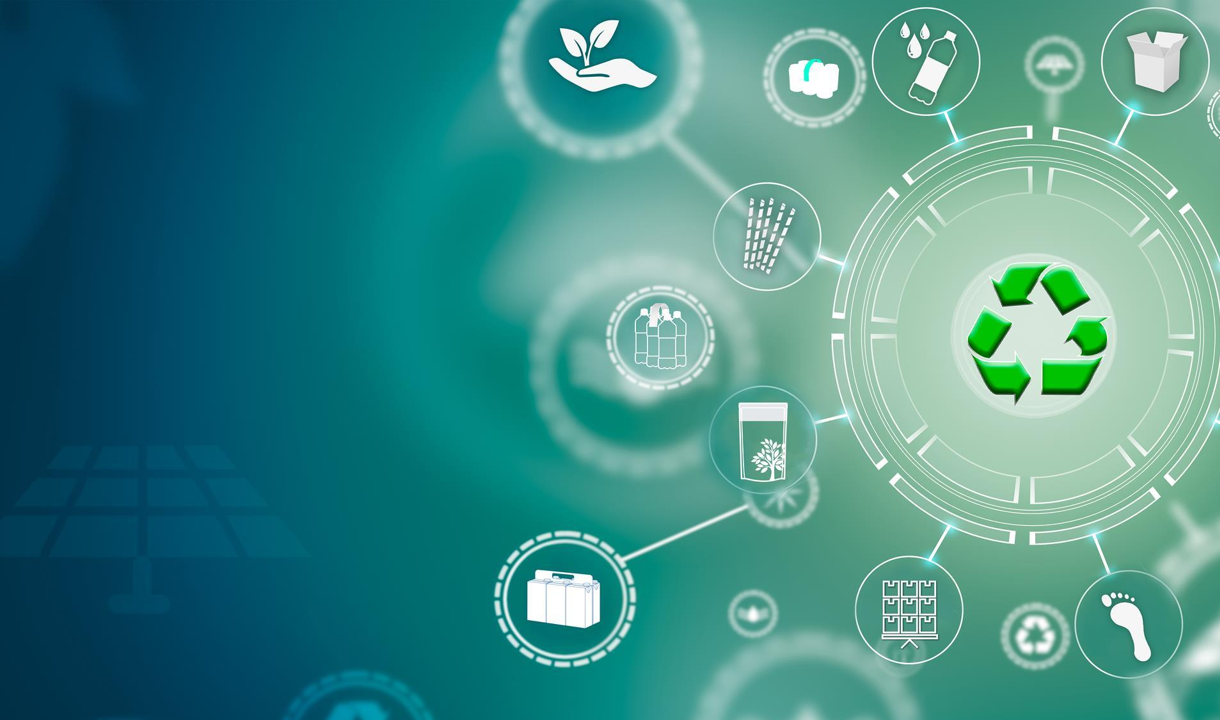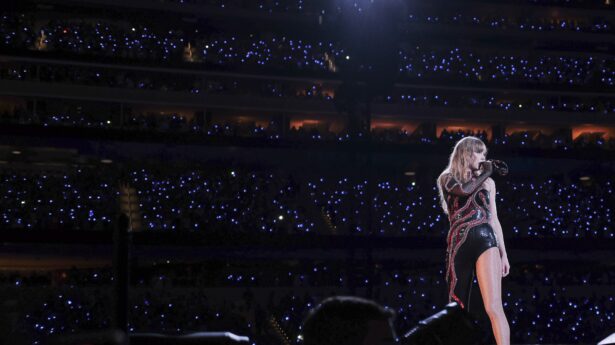
Insight
RIPE FOR INNOVATION: THE FUTURE OF PACKAGING
innovative packaging solutions can drive success in today’s competitive marketplace.
Packaging matters…greatly. It is the portal through which we access products, and it represents the brands that want to build our loyalty. Good packaging provides a distinct competitive advantage, one that starts with the first impression and endures over time, if the benefits it delivers meet the needs of consumers.
The benefits of packaging range from preventing food waste to keeping us organized and even entertaining us (think NFC tags and QR codes to enhance consumer engagement with the brand). However, as consumers grow more conscious of the negative impacts of disposable packaging and the challenges some forms of packaging present, their preferences for containers are evolving.
In our research, we listen for signals on what’s driving brand perceptions and barriers to purchase, and packaging consistently plays a major role. Based on what we are hearing from consumers in our recent project work, there are several packaging areas that are ripe for innovation. We’ve highlighted two here, improving the ease of recyclability and improving the consumer experience, both of which can elevate the perception of packaging in the minds of consumers beyond its core functional purpose.
ADVANCING RECYCLABILITY
Recycling can vary by location, such as what is considered recyclable, how it should (or should not) be sorted, cleaned, condensed, etc. This leaves consumers’ views of recycling open to their own interpretation. Consumers generally seem wary of plastic and its ability to be recycled and tend to favor aluminum containers. Glass tends to be viewed as more ‘natural’ than plastic, but the impacts of its weight on shipping/transportation and the true recyclability of the materials is a concern. It is undeniable that plastic has many benefits to consumers in terms of convenience and safety, so what are the ways that plastic packaging can experience improved recycling rates and ease consumer concerns?
Consumer Insights: Pain Points
-
- Plastic or glass jars with hard to clean contents (i.e., peanut butter, tomato sauce)
- Lack of trust in the recycling system, with a recent study showing 30% of respondents are “not very confident” that items are actually being recycled (up from 14% in 2019)
Foresight: Looking Ahead
-
- Graza, which uses plastic bottles with a twist spout for precision application of their olive oil, recently released their new aluminum refill containers. A great example of innovation combining the ability to reuse the coveted plastic bottle and refill it with recyclable aluminum containers. This is especially interesting in the olive oil category which typically uses glass jars.
- Something consumers can’t see but that is making major strides in improved recycling rates in the CPG world is digital watermarking technology. This technology, being piloted by companies including P&G, Henkel, and PepsiCo, improves the ability of machine sorting at materials recovery facilities.
SUPERIOR EXPERIENCE
How a consumer experiences a brand often starts with the package. Does the container reflect brand personality and engage the consumer beyond its core function? There is an opportunity to take advantage of this “real-estate” to add an element of interactivity or other added value to build a brand relationship and consumer loyalty.
On the flip side, does the packaging frustrate with hard to open jars and outer wrap? Does it deliver on its job to protect the product? These packaging shortfalls are not only annoying but lead to negative impressions of the brand itself, with implications for future purchase behavior.
Consumer Insights: Pain Points
-
- Bags in boxes that aren’t resealable and seem to go stale quicker i.e., cereal and baking mixes
- Hard-to-open jar lids; on average, 70% of consumers report struggling to open jarred food items
Foresight: Looking Ahead
-
- With 61 million adults in the US alone living with a disability (per the CDC), plus millions more who live with carpal tunnel, arthritis, and age-related physical limitations, accessible packaging design is becoming a critical strategy. One example is Gillette, who phased out hard to open blister packs, eliminating the need to use scissors or knives to open the package. By considering the various needs of a wider audience and bringing more innovative thinking to the process, brands can tap into the opportunity that inclusive design brings, generating positive brand impact and business growth.
- Last Halloween, Chobani released special interactive packages of their Flip Greek yogurt products with an augmented reality feature activated by scanning a QR code. The experience was a Trick or Treat game where users could win digital and physical prizes. Users spent on average two minutes interacting with the AR feature and engaging with the brand. It also provided something new and distinctive to bring to retailers during a promotional period.
WHAT THIS MEANS FOR BRANDS AND MARKETERS
We see these and so many more opportunities for brands to find new ways to connect with consumers through packaging. Some takeaways to consider:
- Look ahead for more lasting packaging – what trends, influences, and other drivers will impact the market (and purchase behavior) in the future?
- Think holistically; the package is part of and works with other product features and branding elements. It should not be designed in isolation. Collaborate across teams to optimize the overall offering.
- Bring consumers into the process earlier! They look at the package as an integrated part of the brand. If you don’t talk to them before you have gone too far down the pack design funnel, you may miss out on fully delivering against their overall needs and enhanced experience.
Bottomline, brands that understand and delight their consumers drive greater brand love and long-term loyalty. At Upland, we are branding experts with systematic approaches that combine Consumer Insights + Market Foresight to inform highly impactful packaging design.
> Reach out to Jackie Holliday at jacqueline.holliday@go-upland.com to learn more.



